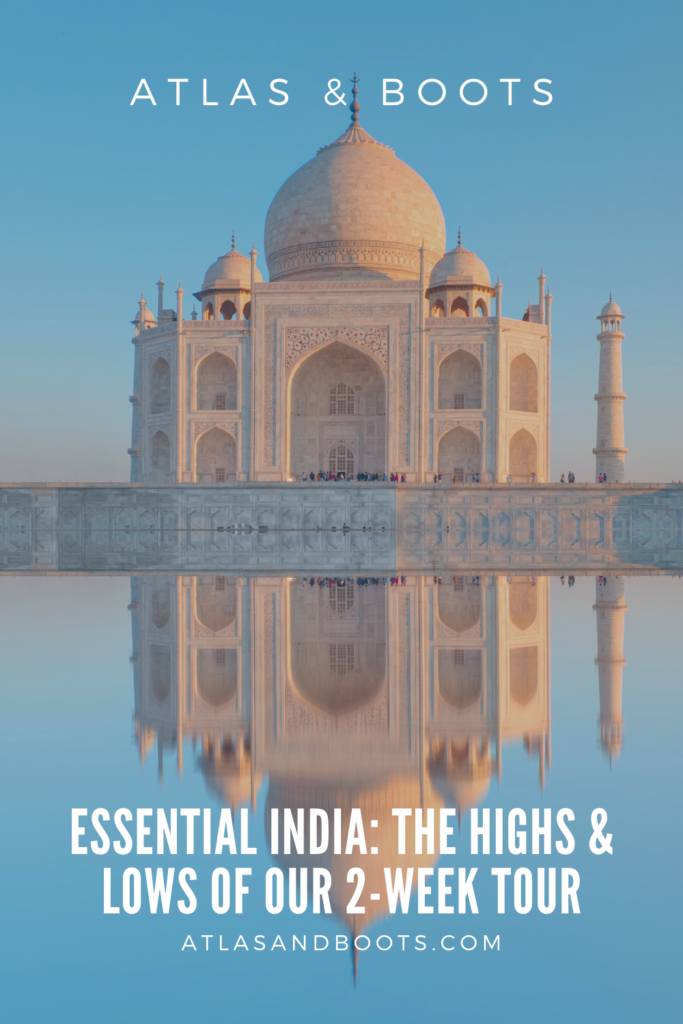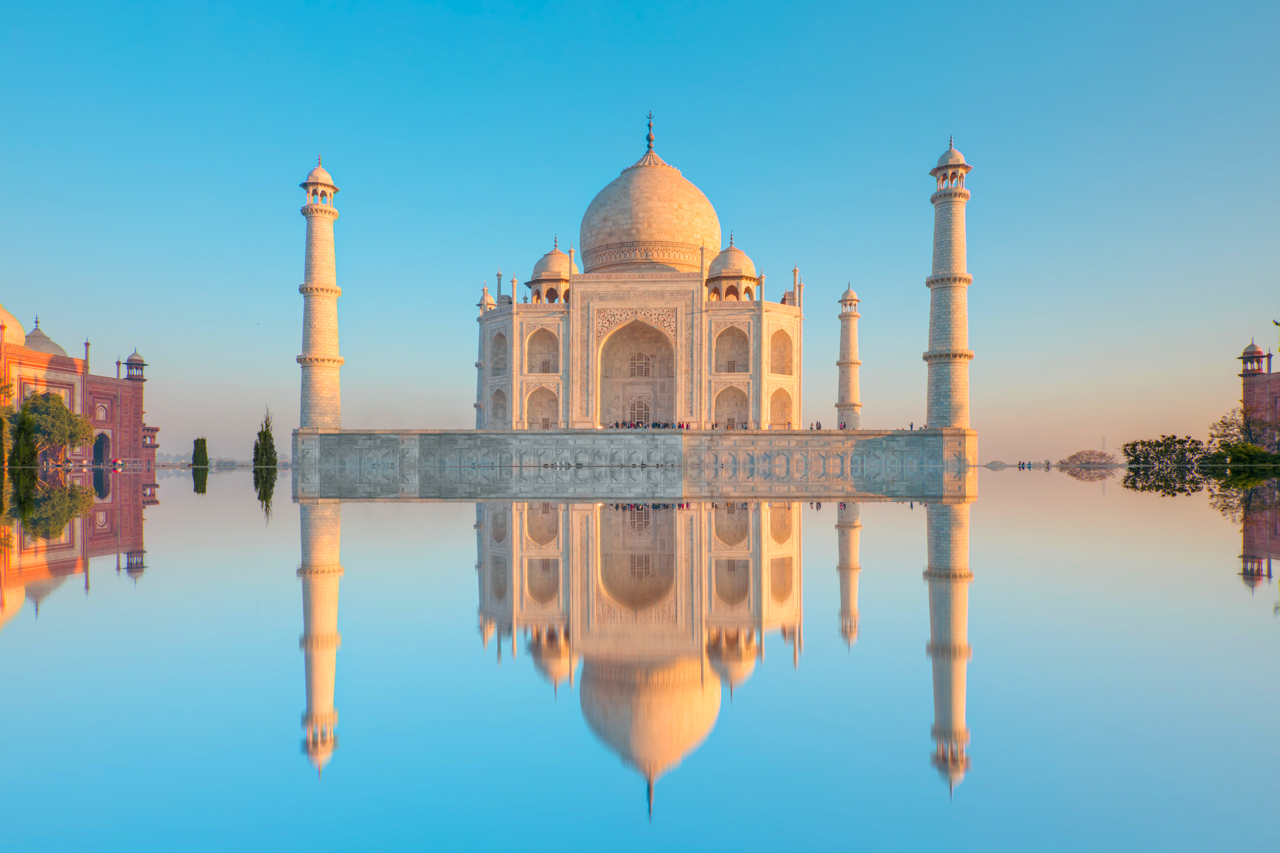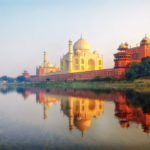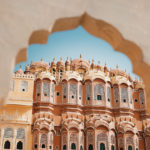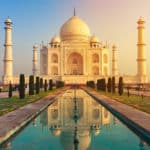From the rush and thrill of New Delhi to the pyres of Varanasi, we share the highs and lows of our Essential India tour
“India is not a holiday; it’s an experience,” says our guide in what sounds like a promise but might also be a warning. India, she’s trying to say, is unpredictable – not easily tamed and packaged for the average tourist.
I can sense the nervousness in our motley crew of 14 who have gathered in a Delhi hotel this mild December evening. Most of us are well-travelled, but are wary of India’s challenges – the noise, the traffic, the pollution – and have opted for a guided trip with small-group specialists G Adventures.
Our 15-day Essential India tour will take in the ‘Golden Triangle’ of Delhi, Jaipur and Agra, but with some less-trodden sights along the way. We’re excited, but there’s also a sense of unease in the air. Will the Taj Mahal live up to the promise? Will we suffer the dreaded Delhi belly? Will the overnight train be a nightmare? And will our knees survive the squat toilets?
I can’t say our worries were entirely unfounded. There were numerous challenges along the way. India can feel busy and noisy and chaotic, but if you accept that you can’t change a country in 15 days, you’ll likely discover a place of wild beauty, rich history and undeniable majesty. Here are the highlights to expect along the way.
Our Essential India tour
Taj Mahal
The Taj Mahal was to be my sixth of the Seven World Wonders and I assumed that – like Christ the Redeemer – it would be one of the less impressive. After all, it’s not as sprawling as Petra or entwined with nature like Machu Picchu. It’s not as old as the Colosseum or the Great Wall of China.
I expected it to look too shiny and clean, like the gleaming mosques of Dubai and other new cities. But the Taj Mahal is iconic for a reason and it’s perhaps a sign of western hubris that I expected otherwise.
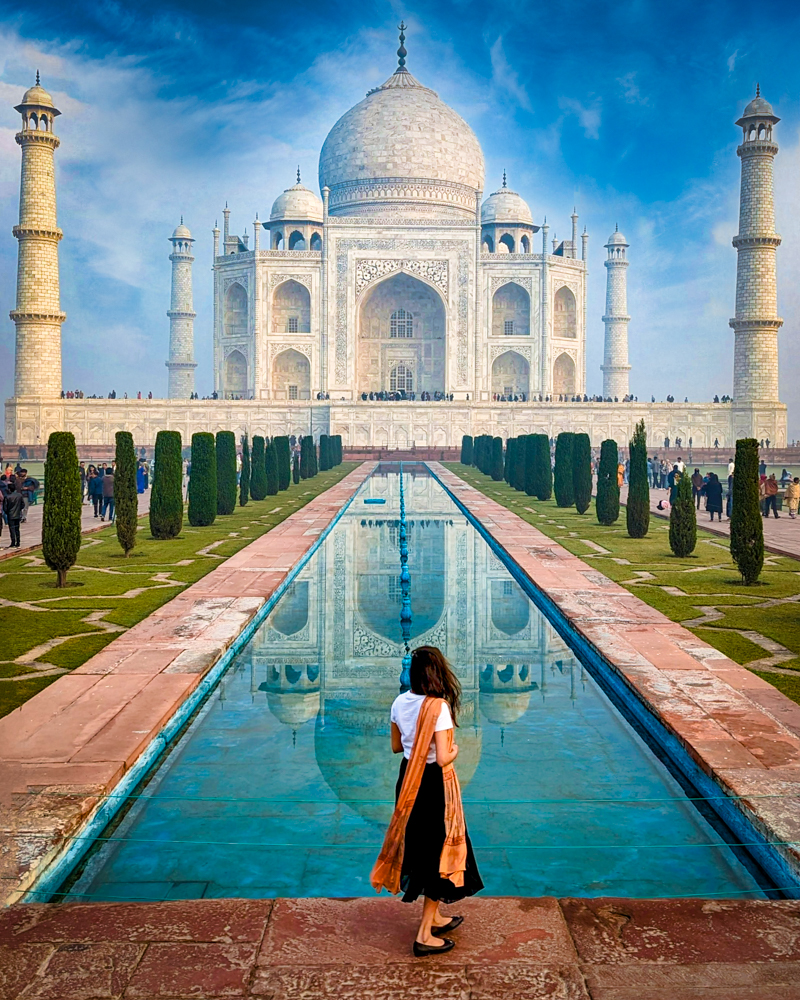
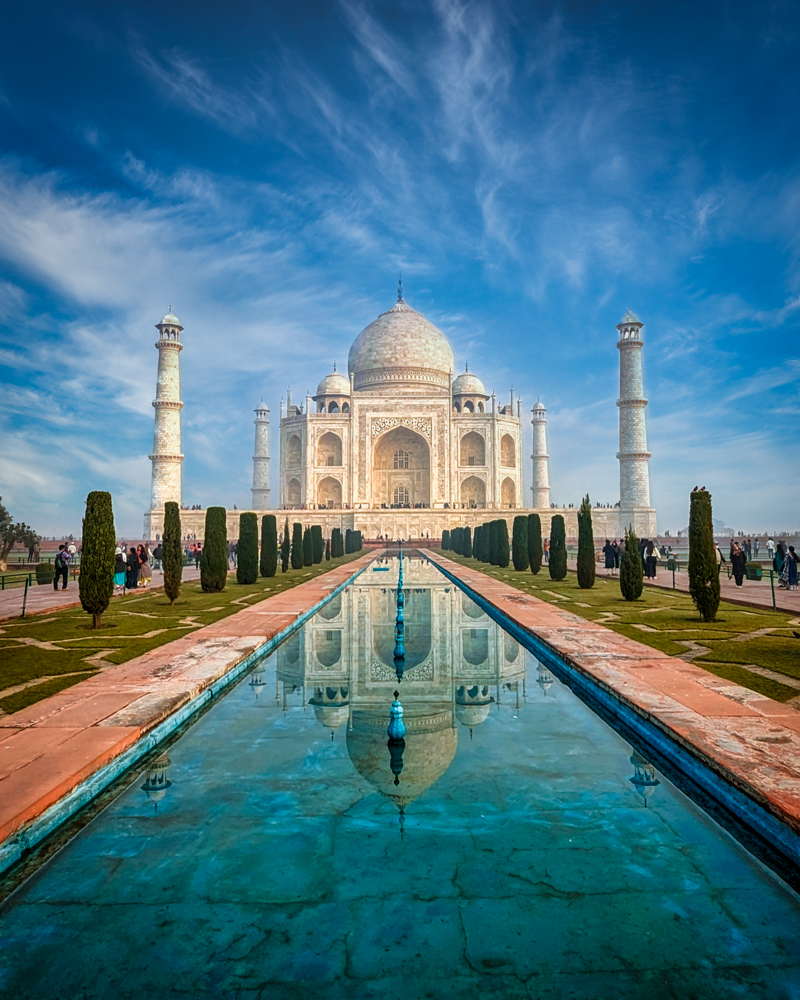
Atlas & Boots
Kia at the iconic Taj Mahal
The scale of the building is magnificent and the symmetry is stunning, made all the more affecting by its origin story. The Taj was famously built by the Emperor Shah Jahan as a memorial for his beloved wife, Mumtaz Mahal, who died giving birth to their child.
Poet Rabindranath Tagore described it as ‘a teardrop on the cheek of eternity’ while writer Rudyard Kipling called it ‘the embodiment of all things pure’. Needless to say, it was the number one highlight of our Essential India tour.
Jaipur Cycling Tour
It’s a long-running joke at Atlas & Boots that I have fallen off my bike in the most beautiful places in the world (among them, Bora Bora, Cambodia and the Galápagos). I learnt to ride in my late twenties and have never developed the confidence or skill to manoeuvre through busy cities.
As such, I very nearly didn’t do the Jaipur Cycle Tour. It was an optional activity and given how busy Indian city streets can be, I was reluctant to explore by cycle. I changed my mind when our guide – or Chief Experience Officer (CEO) as they are known at G Adventures – told me that all her past guests had raved about the tour.
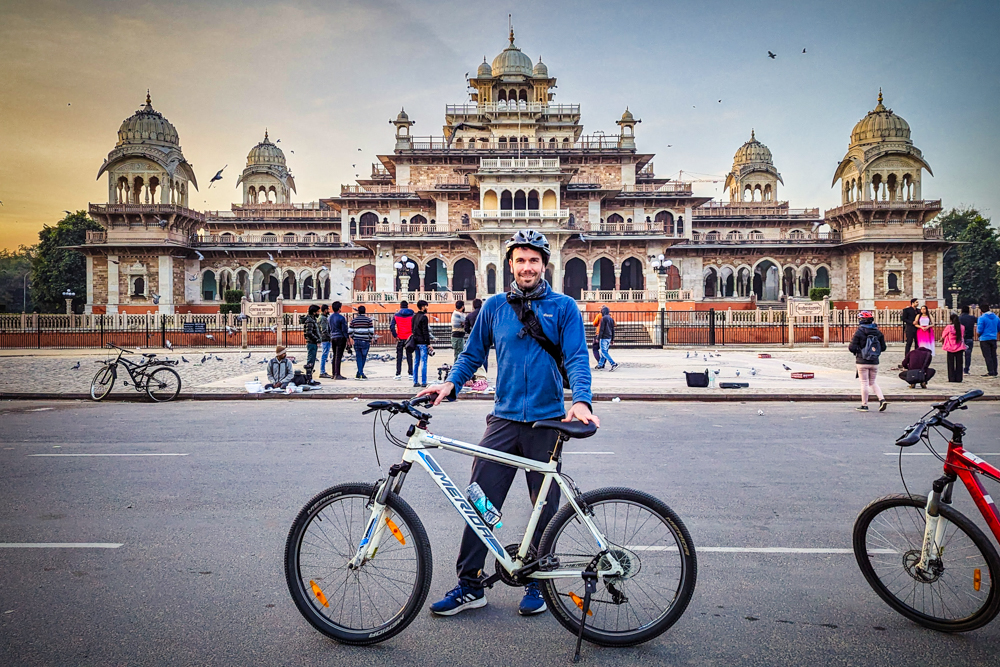
I pulled on my big-girl helmet and headed out, which turned out to be the best decision of the trip. The Jaipur Cycle Tour is utterly thrilling. It winds through the streets of Jaipur with numerous stops to experience the wonders and delight of the famous Pink City.
We paused to hand-feed street cows, drink the best masala chai we had in India, join a public session of yoga, observe a puja ceremony, eat the best samosas we had in India, visit a flower market and sample lassis from the oldest stall in the city. All in all, it was a brilliant (and only occasionally frightening) morning.
Varanasi ghats
It is said that dying in Varanasi and getting cremated on the banks of the holy Ganges releases one’s soul from the cycle of rebirth, granting it salvation. As such, several funeral pyres burn in concert at the ghats (riverfront steps) of Manikarnika and Harishchandra in Varanasi.
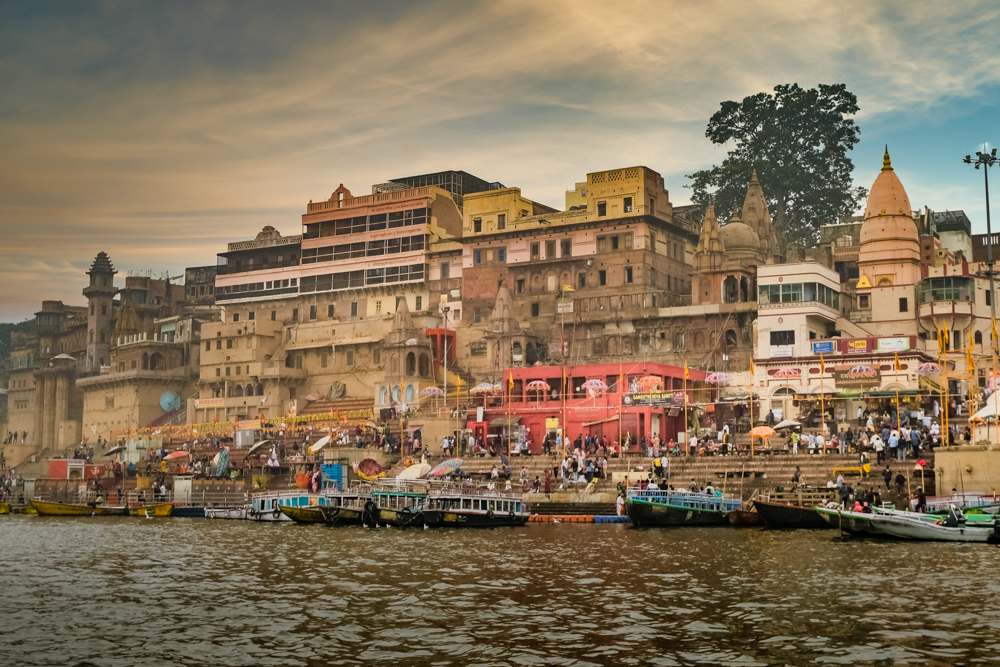
It’s hard not to feel sombre as you witness families of the deceased quietly observing their loved ones turn to dust in front of their eyes. Tourists are welcome, but photos are allowed only in designated places. We were able to observe from both water and land. After the chaos of larger cities, Varanasi gave us a sense of the spirituality that India is famed for.
Kama Sutra temples at Khajuraho
I’ll admit that I had never heard of Khajuraho and its Kama Sutra temples before our trip. When I saw it on the itinerary, I assumed that it would be a diverting if forgettable day trip. As it turns out, it was one of the top highlights of our Essential India tour.
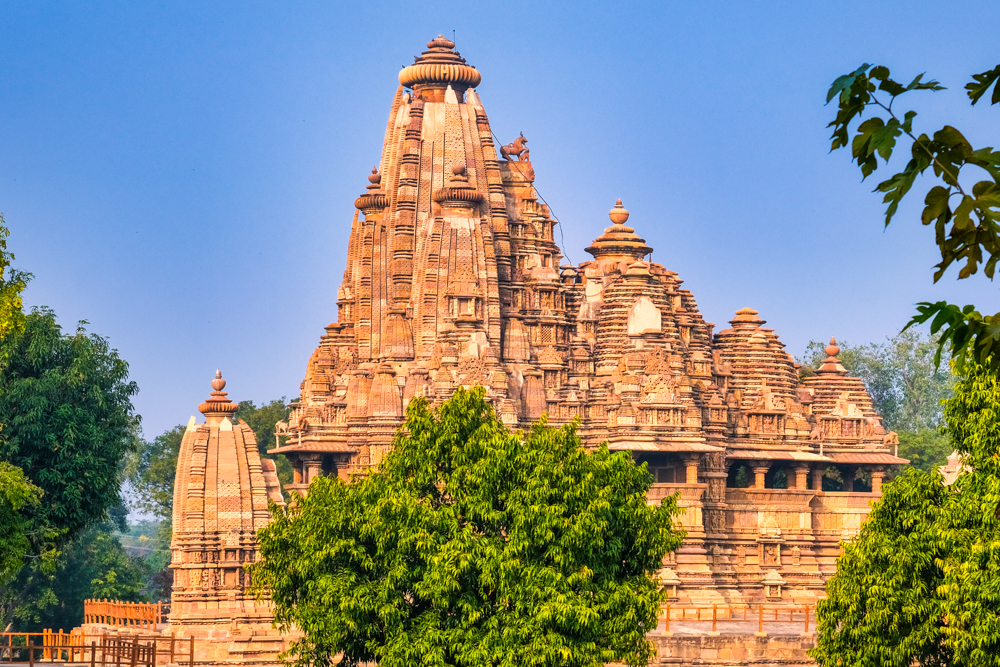
The Hindu and Jain temples of Khajuraho are reminiscent of Angkor Wat in Cambodia. That they are relatively unknown speaks to the grandeur and diversity of India’s cultural landscape. If temples of this scale and detail happened to be in Britain, they would undoubtedly be the number one sight to see. In India, however, they sit in the shadow of greater wonders.
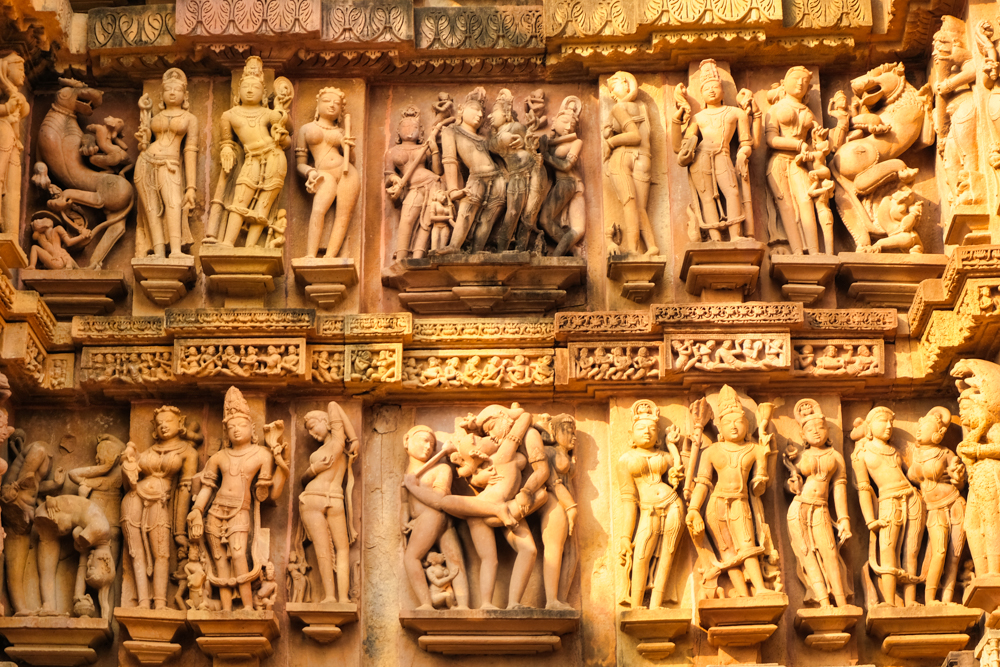
The scale of the buildings are offset by the intricacy of the carvings, some of which were inspired by the Kama Sutra. Many of the more, erm, colourful carvings can be easily missed, so it’s worth visiting with a guide.
Chand Baori stepwell
I first came across the Chand Baori stepwell while researching unknown architectural wonders for Atlas & Boots. I was immediately struck by the intricacy and symmetry of this structural oddity.
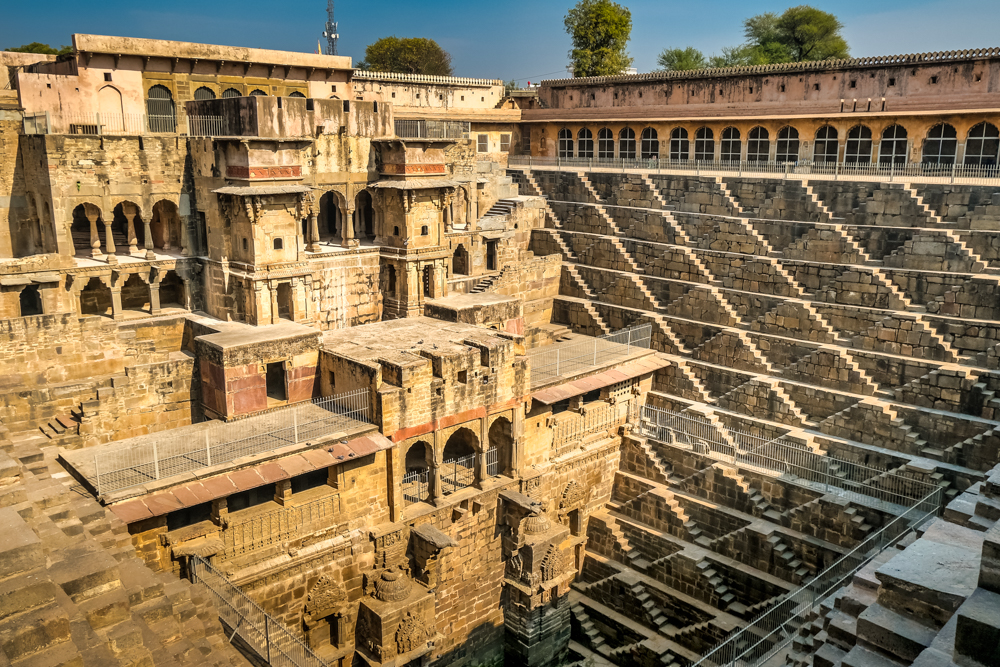
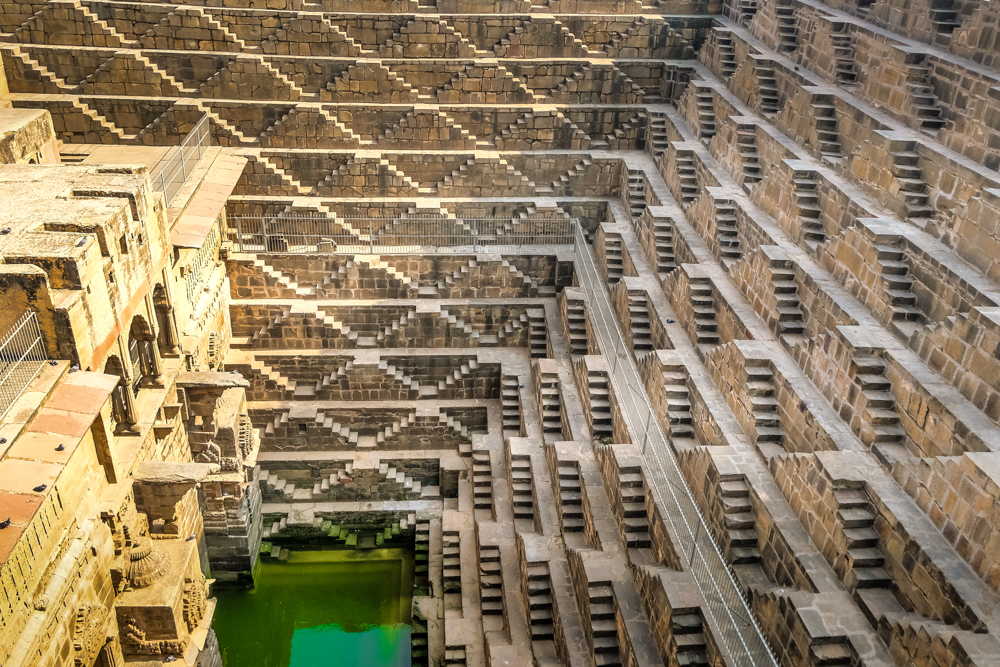
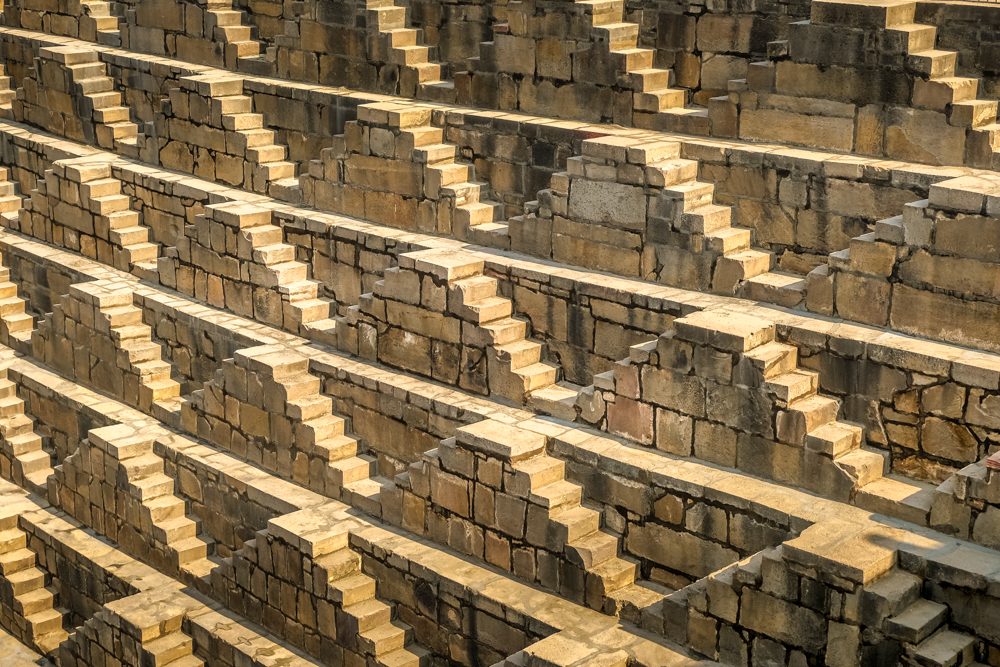
Atlas & Boots
The dizzying Chand Baori stepwell
Built in approximately 800 AD by King Chanda of the Nikumbha Dynasty, Chand Baori comprises 3,500 narrow steps over 13 stories and extends 30m (100ft) into the ground. It is one of the deepest and largest stepwells in India and served as a water source as well as a hub for religious and ceremonial activities.
Langar at a Sikh temple
When I first heard of langar, I couldn’t quite believe that it works – several times a day, every day, all over the world. Langar is a practice in Sikhism whereby the community kitchen of a gurdwara serves free meals to anyone who wants one, regardless of race, religion, gender, caste or economic status. The kitchen is run by volunteers and all guests sit on the floor and eat together.
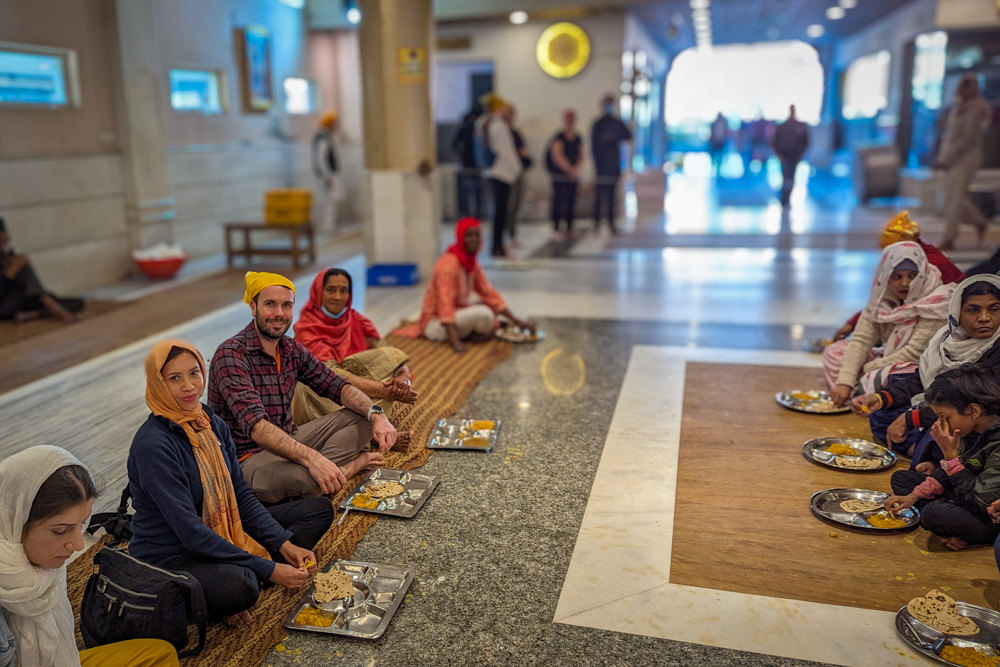
We ate langar at Gurdwara Sis Ganj Sahib, which was truly humbling. As a woman from a Muslim background, I have often felt uncomfortable in religious spaces. To me, they are places of judgement and rigidity. To be in one that welcomed everybody was deeply heartening.
Rajni’s cooking class
One of the best meals we had in India was one we cooked ourselves (okay, sort-of cooked ourselves). In Orchha, we were lucky enough to attend a class run by Rajni, a local cook and entrepreneur.
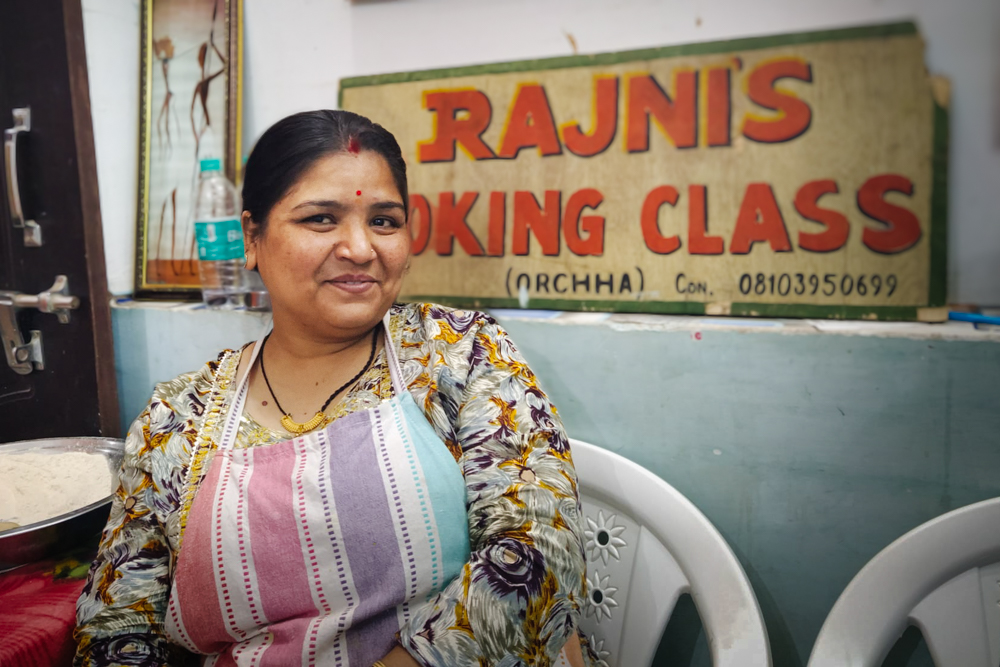
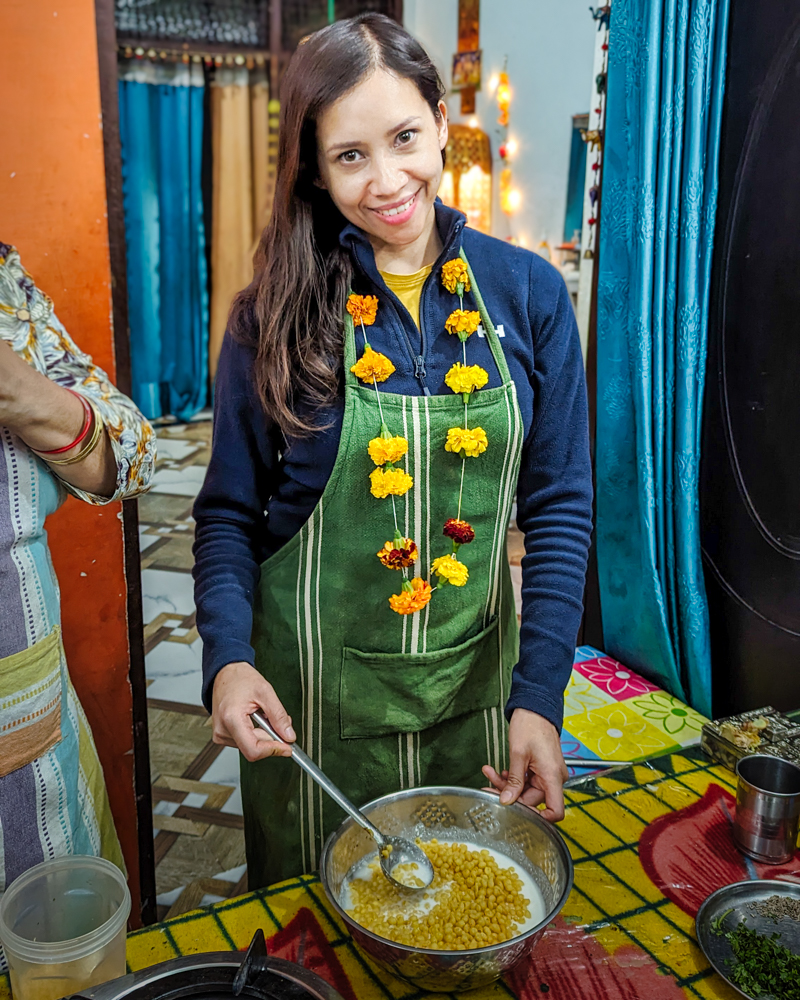
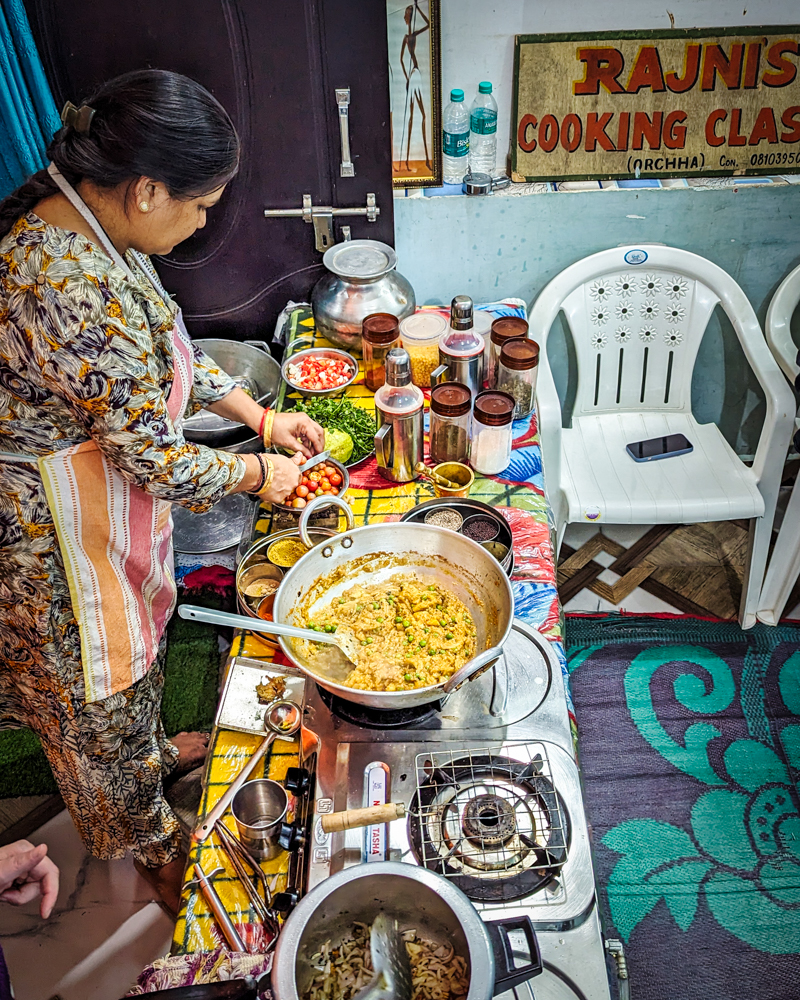
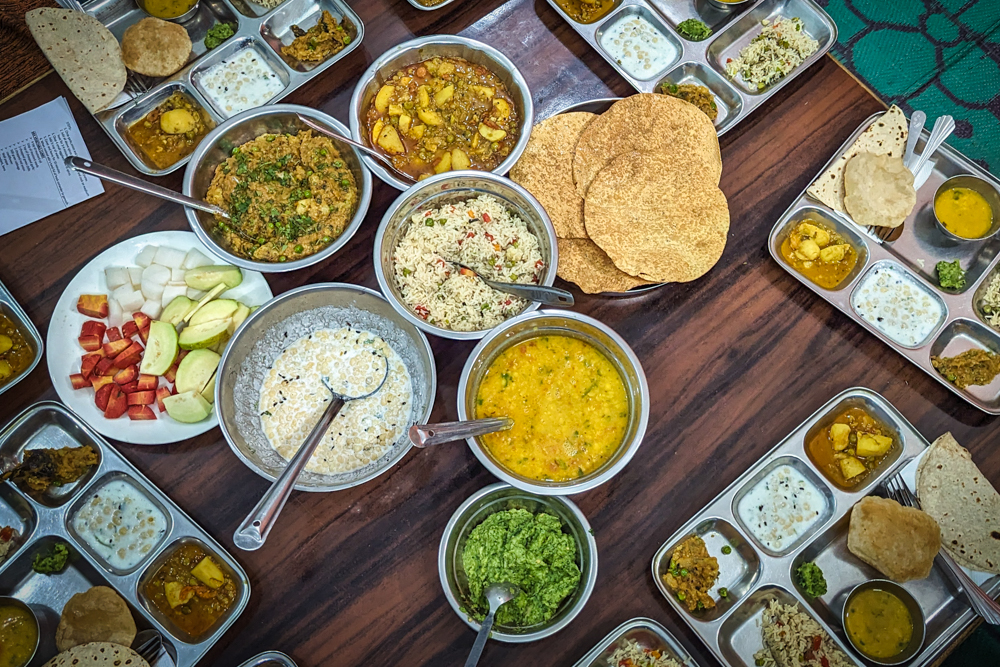
Atlas & Boots
Cooking up a feast with Rajni
Rajni called on us to volunteer as she took us through eight recipes including eggplant curry, dal fry, mixed vegetable curry, mixed vegetable pulao, boondi raita, guava chutney, puri and chapati and, of course, masala chai.
I’m generally terrible at cooking, but I managed to impress Rajni with my perfectly rounded chapatis. I neglected to tell her or the group that I’d rolled about a hundred of them for various Eids in childhood. 🤫
Hawa Mahal at Jaipur
Hawa Mahal, or ‘Palace of the Winds’, is one of the most iconic sights in Jaipur. Built in 1799 by Maharaja Sawai Pratap Singh, the grandson of the founder of Jaipur, the palace was an extension of the women’s chambers in the City Palace. It was designed as a viewing screen through which women of the royal household could freely watch the vibrant bazaar while remaining unseen.
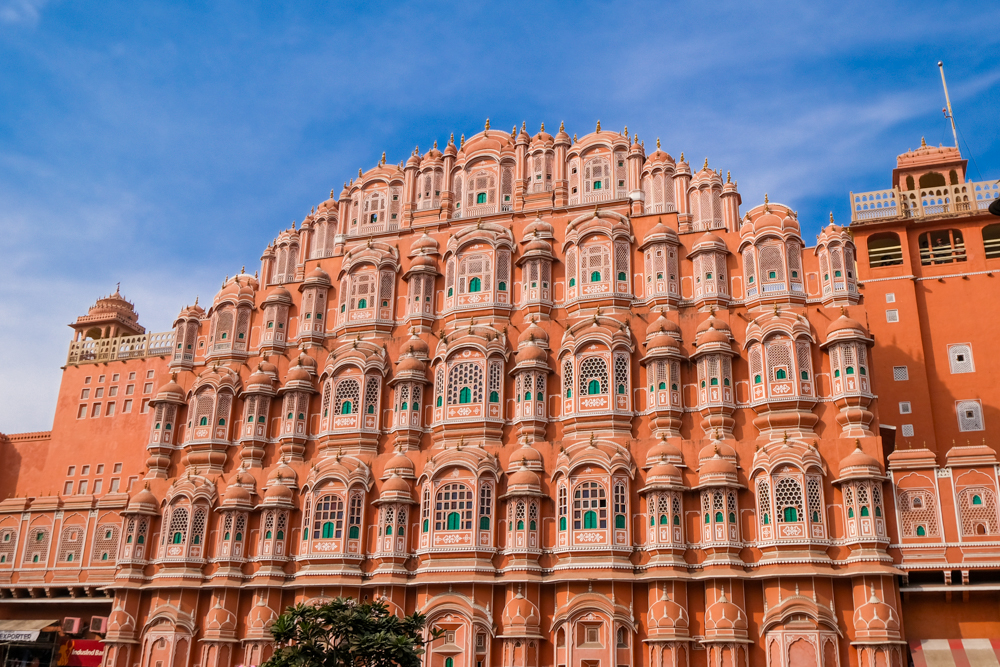
We stopped only briefly to take some pictures, although we had a chance to return during a free afternoon. We opted for much-needed drinks at a rooftop bar instead, which is probably our only regret of our Essential India tour. If we were to do it again, we would return to Hawa Mahal to explore it properly.
Glamping at Dhula Bagh
The idea of glamping struck fear into my heart. I’ve been traumatised by past camping experiences – fearsome bugs, freezing temperature, filthy toilets, massive rats, and unidentifiable creatures landing on my feet in the dark – so the prospect of a night at Dhula Bagh didn’t exactly fill me with joy. On seeing the grounds, however, my fears were quickly salved.
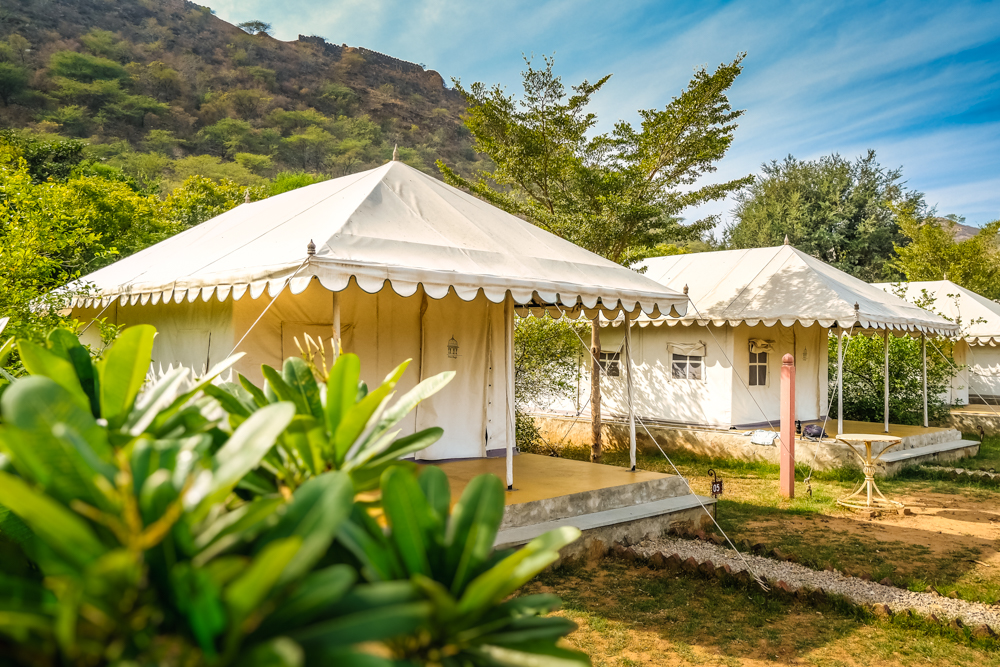
Dhula Bagh comprises a set of elegant tents set amid manicured grounds. The tents come with proper beds, ensuite facilities and hot water available on request (supplied via a bucket).
Endless cups of chai, excellent company and a fire raging long into the night made it a camping experience that even I would be happy to repeat.
Haveli Dharampura
In the heart of Old Delhi, along the narrow alleys of Chandni Chowk market, look carefully and you might stumble upon this stunning old haveli (traditional townhouse, mansion or manor house).
Lovingly restored from the brink of dereliction, Haveli Dharampura is a UNESCO awarded heritage hotel that offers a haven of calm in the busy city.
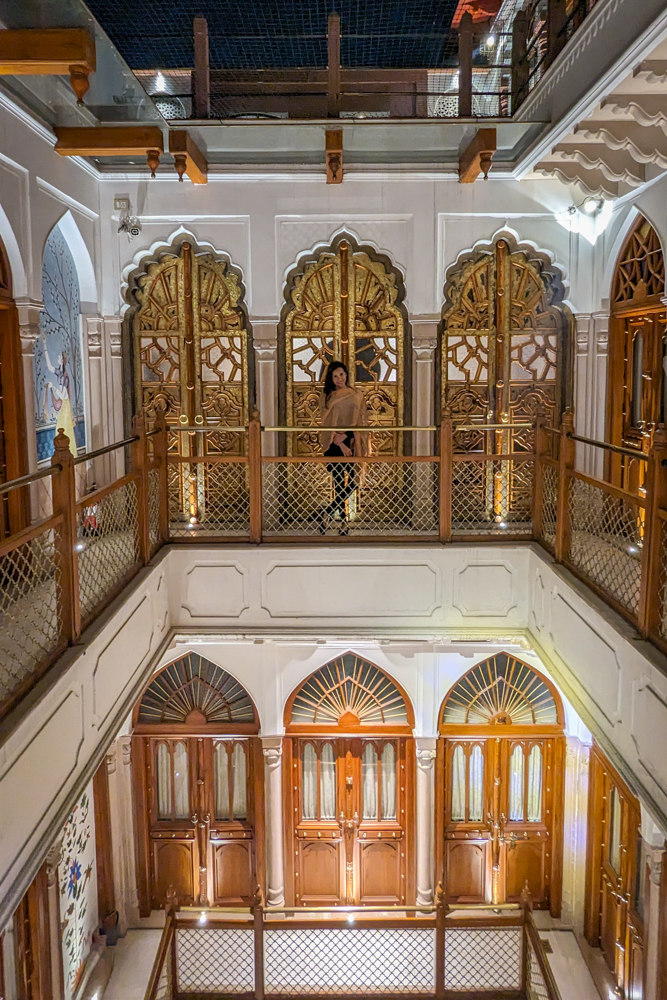
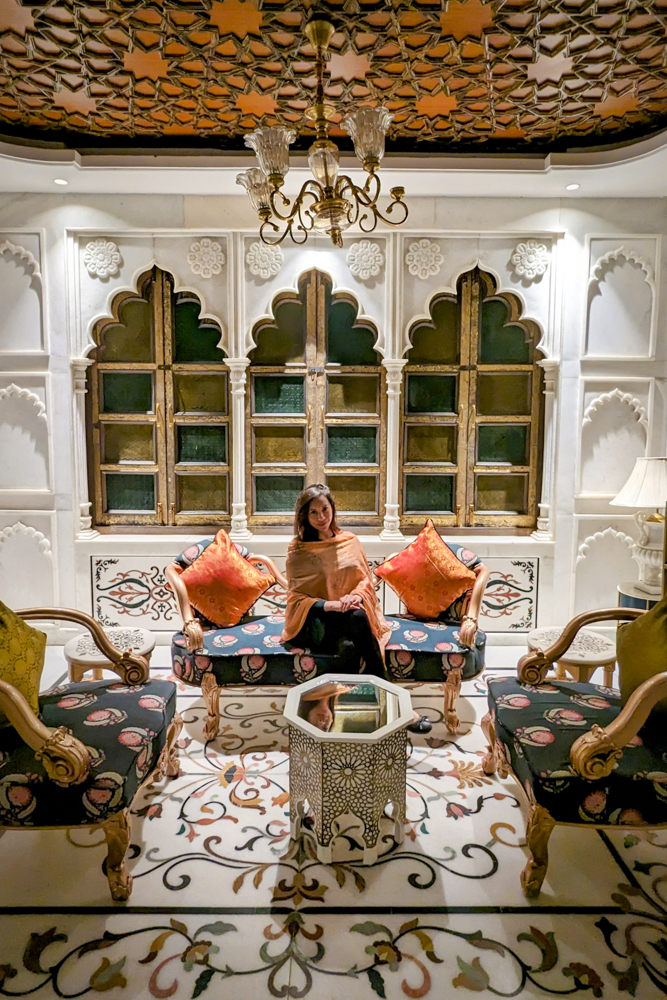
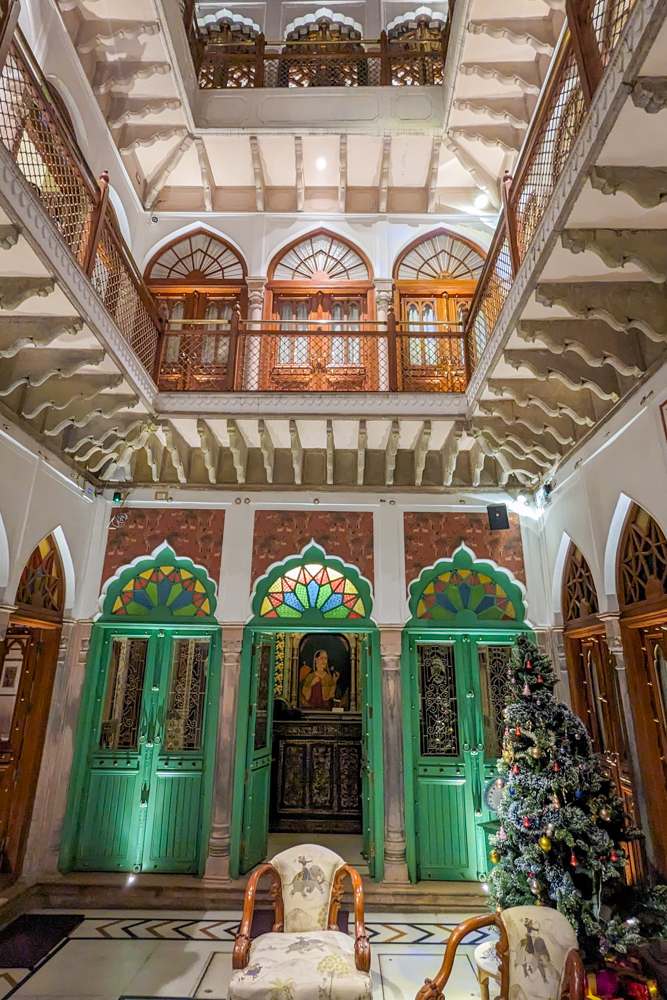
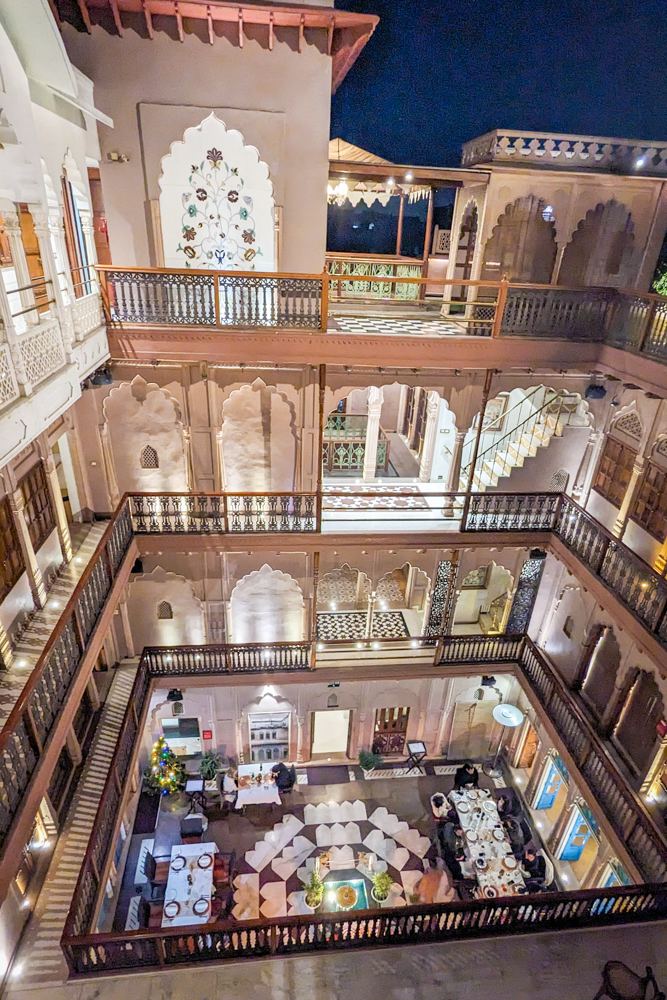
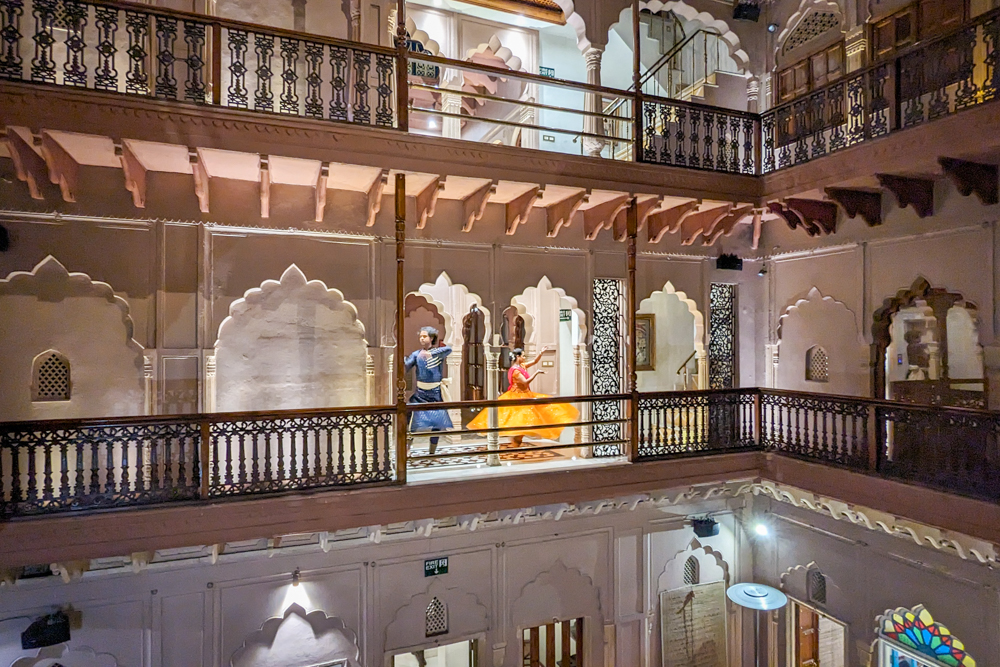
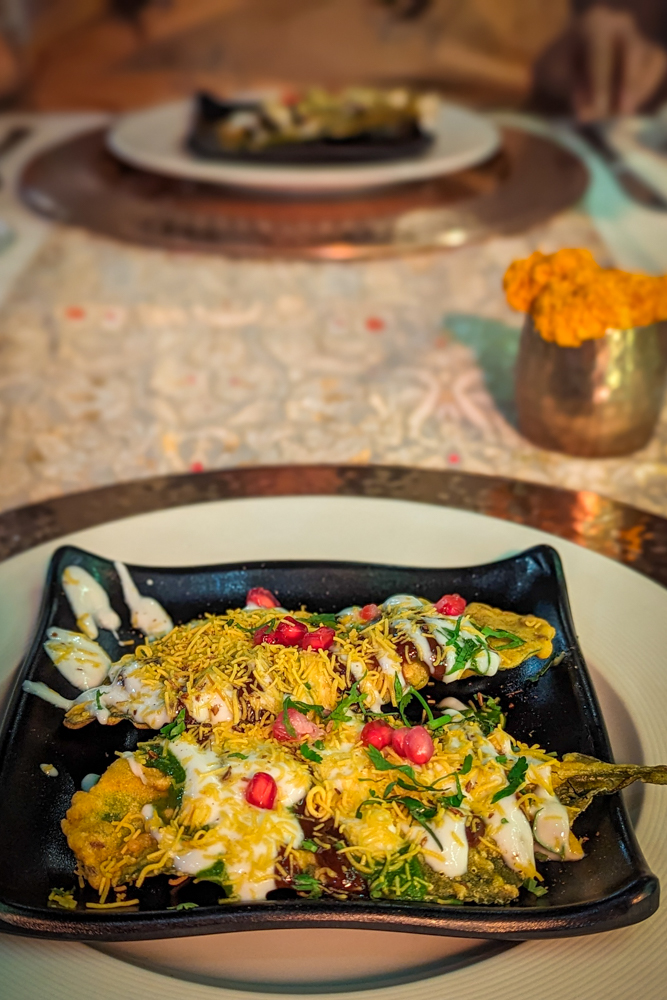
Atlas & Boots
Add a stay at Haveli Dharampura on to your Essential India tour
Guests can stay in the main haveli or its sister site, the Golden Haveli, a few metres along. Expect intricate designs in the rooftop woodwork, Hindu goddesses in stone and steel, a stunning view of Jama Masjid, and antique balconies and jharokas that open onto the roads of Chandni Chowk.
Our Essential India tour stopped at the haveli briefly, but we booked an additional night to enjoy it properly. Treat yourself to a stay and don’t miss the exquisite tasting menu at the charming restaurant, complete with a kathak performance.
Essential India tour: practical info
What: A 15-day Essential India tour with small group specialists G Adventures.
Where: Accommodation includes basic but functional hotel rooms, one night of glamping, one night at an ageing but charming palace, and one night on an overnight train with open compartments.
When: The best time to visit India is December to March when the weather is dry and warm but not searing (evenings can be chilly, so do pack a fleece and jacket). This is peak tourist season, however, so you may prefer to go in April to June, especially if you can handle the heat.
How: We joined a 15-day Essential India tour with G Adventures. Prices start at £1,099 ($1,390 USD) per person and include a CEO throughout, all accommodation, transport between destinations, some meals and numerous activities including walking tours of Delhi and Jaipur, the Taj Mahal, the Chand Baori stepwell, the Khajuraho Temples, a number of puja ceremonies and the ghats of Varanasi.
Optional activities include a balloon ride over Jaipur, a cycling tour of Jaipur, a cooking lesson in Orchha, a screening of a Bollywood film and a heritage walk in Varanasi among others. We did all the optional activities except the balloon ride and highly recommend them.
For more information or to book, call +44(0)207 313 6953 or book online.
We recommend getting a Holafly eSIM for India so you can stay connected to the internet on your trip. We can offer our readers 5% off all Holafly purchases. Simply use the code ATLASANDBOOTS at checkout.
We flew to India with British Airways. Book flights via Skyscanner for the best prices – and don’t forget to check visa requirements!
Enjoyed this post? pin it for later…
